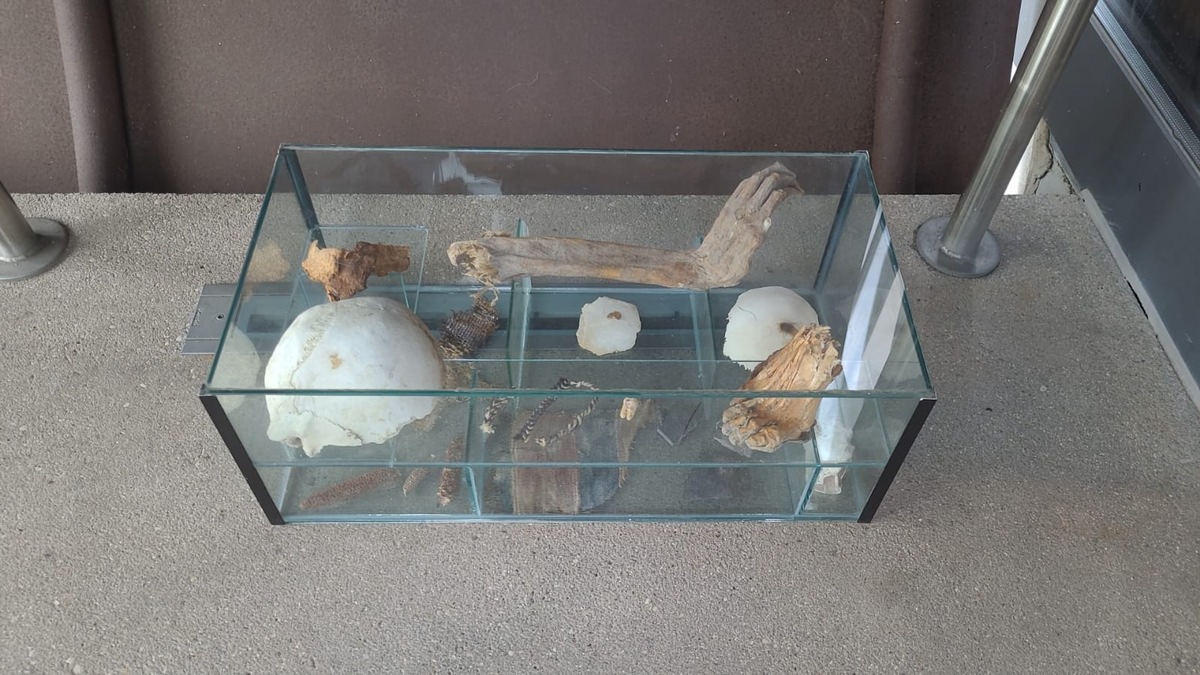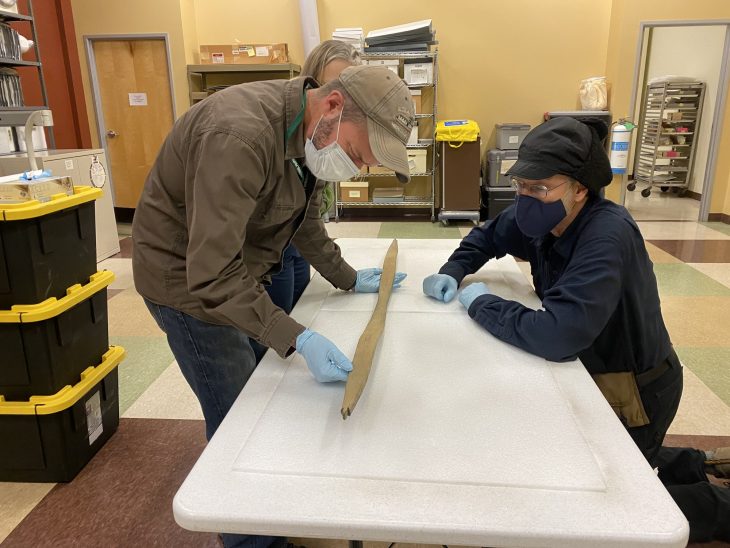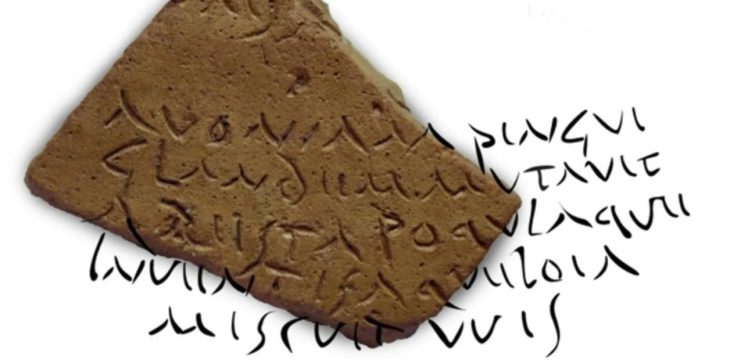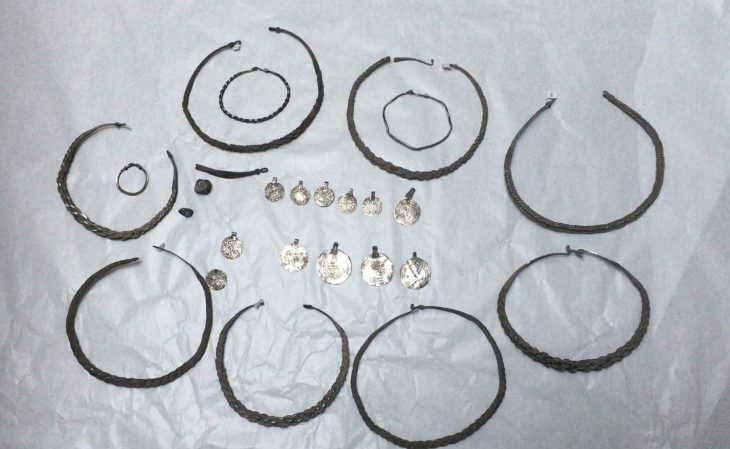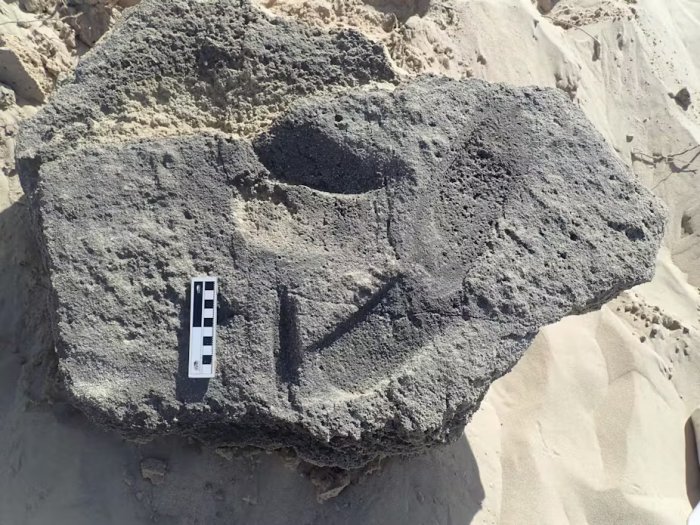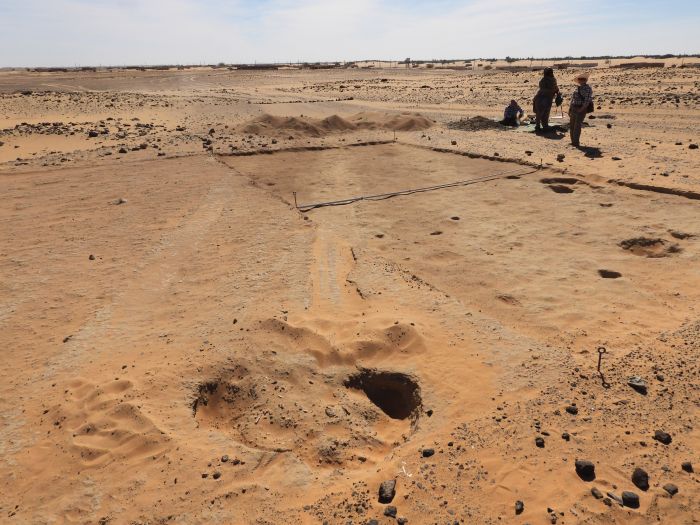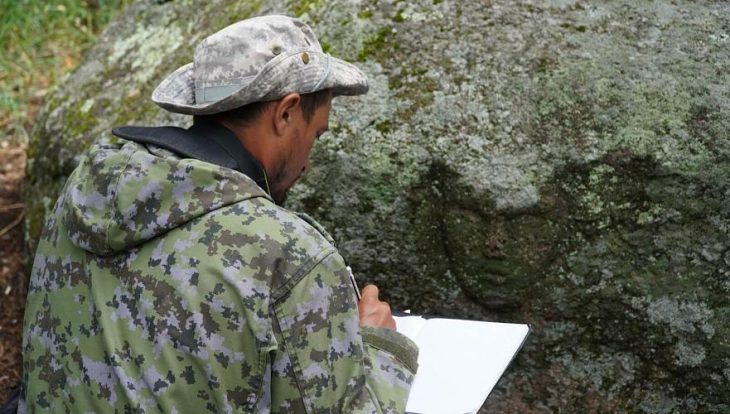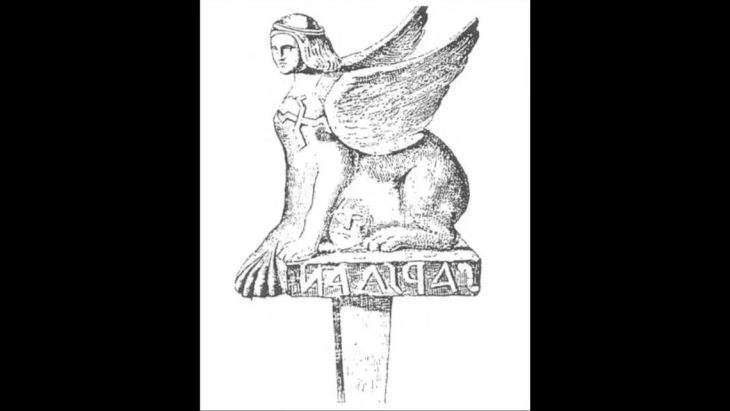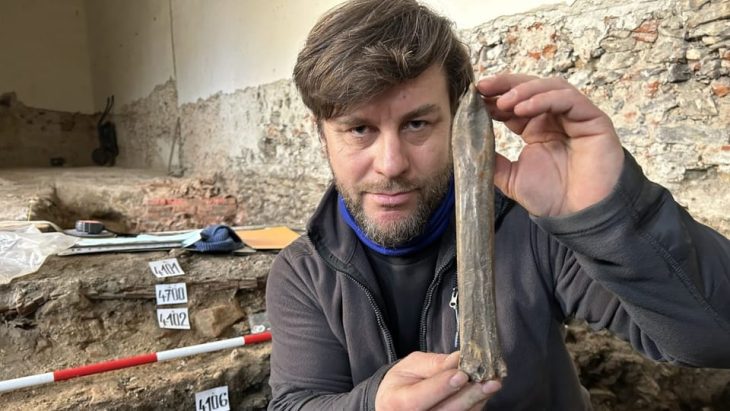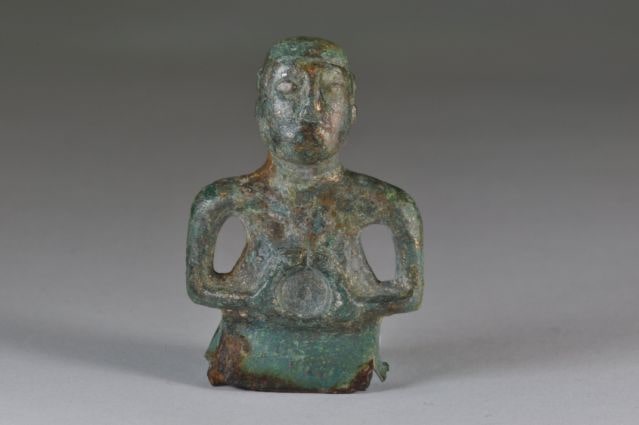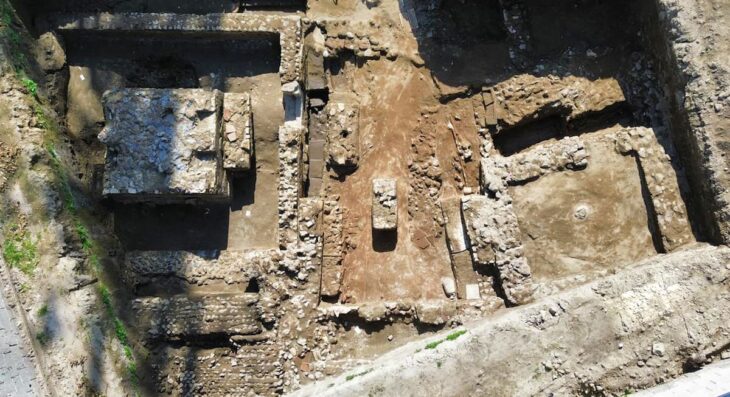A strange discovery in the German city of Speyer has left archaeologists and police puzzled. A glass display case containing human bones and fragments of ancient clothing — believed to be over a thousand years old — was mysteriously left outside the State Archaeology Department earlier this month. Authorities are now investigating where the remains came from, who placed them there, and whether a crime was committed.
The story began in the early hours of October 4, when staff at the local branch of the State Archaeology Office of Rhineland-Palatinate found an unfamiliar glass vitrine standing on the sidewalk outside their building on Gilgenstraße. Inside the case were several bone fragments, including parts of a skull and limbs, along with textile remains that appeared to be from an ancient burial. Unsure of what they were looking at, the staff called the police.
Officers from the Ludwigshafen police department soon arrived and secured the roughly 50-centimeter-wide glass case. What initially looked like a macabre prank quickly turned into a serious archaeological mystery. Forensic experts were called in to examine the contents, and early analyses suggested that the bones and fabric were indeed extremely old — possibly dating back to the early Middle Ages. According to the State Office for Archaeology, the remains could be at least 1,000 years old.
The police have since opened a formal investigation. In their official press release, the Rhineland-Palatinate Police stated that they have not ruled out theft from a museum or private collection. The craftsmanship of the vitrine itself — a solid glass and metal construction with professional finishing — suggests it was not made for temporary use or a prank. Instead, it appears to have been built for exhibition or preservation, possibly indicating that it once belonged to a museum display.
Authorities are now working to trace the origin of the bones and the display case. They are also seeking witnesses who might have seen the object being placed outside the archaeology office between the evening of October 3 and the early morning hours of October 4. Police believe it would have required at least one vehicle or multiple people to transport the vitrine, given its size and weight. Anyone with information has been asked to contact the Ludwigshafen Criminal Police at +49 621 963-23312 or by email.
📣 Our WhatsApp channel is now LIVE! Stay up-to-date with the latest news and updates, just click here to follow us on WhatsApp and never miss a thing!!
The lack of context has sparked speculation in Speyer and beyond. Some wonder whether the case was an anonymous attempt to return stolen archaeological materials, perhaps taken from a museum years ago. Others suspect a hoax — though the age and authenticity of the remains make that increasingly unlikely. There is also the possibility that the vitrine was privately owned, passed down or kept illegally, and then discreetly abandoned to avoid legal trouble.
Experts say the inclusion of textile fragments alongside the bones could help narrow down the period and origin. Textiles degrade quickly, so their survival usually points to specific burial conditions, such as tombs or early Christian graves. If confirmed, the find could provide valuable insights into medieval burial customs in the Rhineland region — but only if its provenance can be reliably determined.
For now, the mysterious glass case remains in police custody. The bones are being examined by forensic anthropologists and archaeologists at specialized laboratories. Carbon dating and material analysis are expected to provide more definitive answers in the coming weeks.
Until then, one of Germany’s oldest cities finds itself at the center of a modern archaeological thriller — a riddle that bridges a millennium, blending crime investigation with the echoes of the Middle Ages. As police continue to search for clues, one question still dominates: who left a thousand years of history on the doorstep of Speyer’s archaeologists — and why?
Cover Image Credit: Police Headquarters of Rhineland-Palatinate (Rheinpfalz District)

